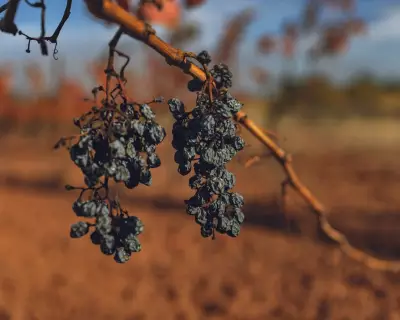
Lavender is a beloved plant in British gardens, prized for its fragrant blooms and hardy nature. However, many gardeners unknowingly make a common mistake that can prevent their lavender from reaching its full potential.
The Critical Mistake Most Gardeners Make
According to horticulture experts, the key to thriving lavender lies in proper pruning. Many enthusiasts either prune too aggressively or not enough, resulting in sparse blooms or leggy growth.
When and How to Prune Lavender
The ideal time to prune lavender is immediately after flowering in late summer. This allows the plant to recover before winter while encouraging bushier growth next season.
Follow these simple steps for perfect pruning:
- Use clean, sharp secateurs
- Remove about one-third of the current year's growth
- Cut just above the leaf nodes
- Avoid cutting into old wood
Why This Technique Works
Proper pruning stimulates new growth from the base, prevents woody stems, and ensures your lavender maintains its attractive compact shape. It also improves air circulation, reducing the risk of fungal diseases.
Additional Care Tips for Lush Lavender
- Plant in well-drained soil with full sun exposure
- Water sparingly – lavender thrives in dry conditions
- Apply a thin layer of gravel mulch to prevent root rot
- Feed lightly with a balanced fertiliser in spring
By following these expert recommendations, your lavender plants will reward you with abundant, fragrant blooms year after year.





